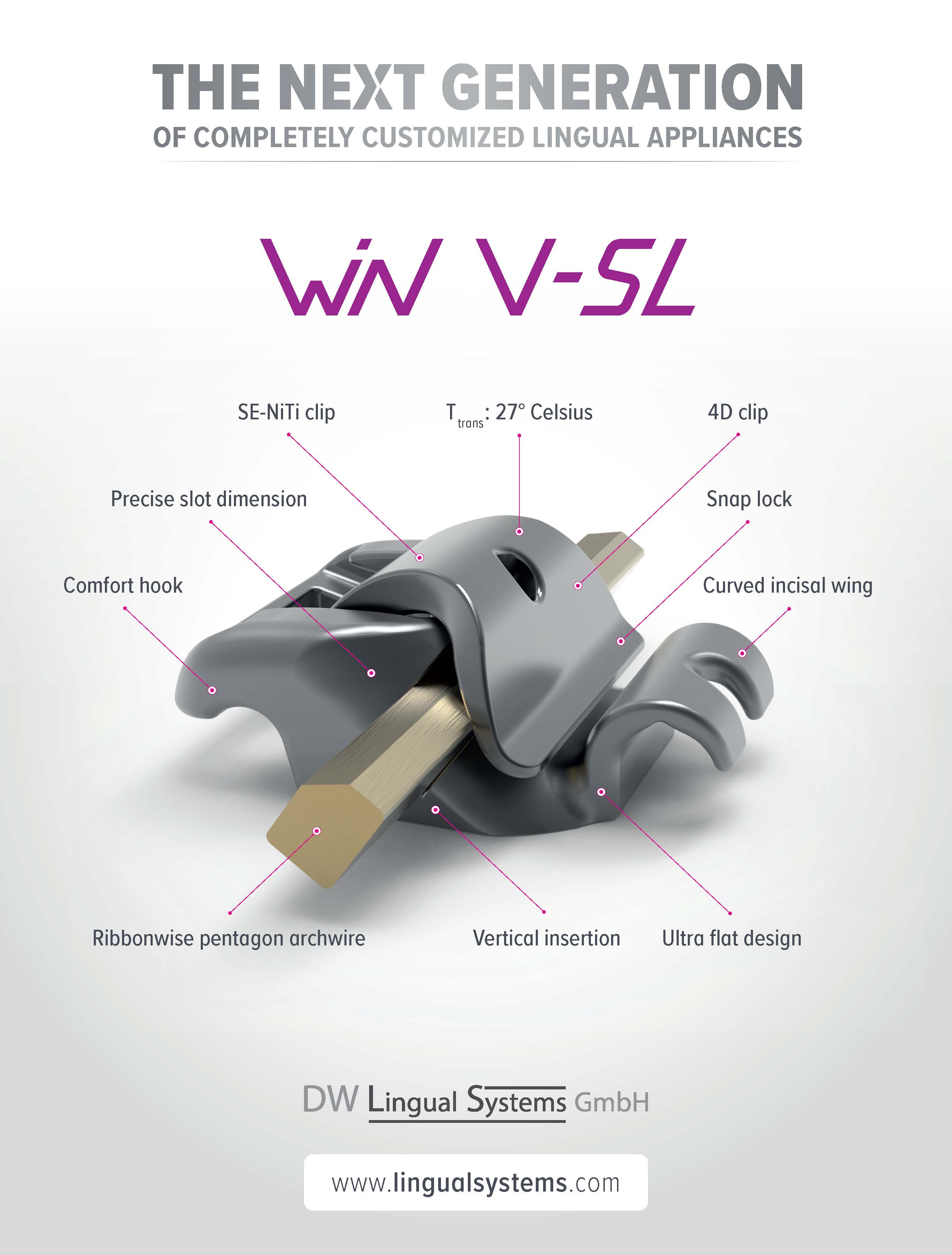A traumatic bone cyst (TBC) is a non-neoplastic intraosseous pseudocyst. Essentially, it is a noncancerous bony cavity in the jaw. TBCs are considered pseudocysts due to an absence of an epithelial lining, which distinguishes them from true cysts. Orthodontists should be aware of the prevalence, clinical features, differential diagnoses, and management of TBCs, since these lesions are often detected incidentally in routine radiographs taken on adolescent orthodontic patients.
TBCs were first described in 1929 by Lucas and Blum in the Journal of the American Dental Association. In 1946, Rushton established the diagnostic criteria for a TBC as a single intraosseous lesion lacking an epithelial lining, surrounded by bony walls and either devoid of contents or containing liquid and connective tissue. In the literature, the TBC has been referred to by several alternative names, including solitary bone cyst, simple bone cyst, hemorrhagic bone cyst, extravasation cyst, unicameral bone cyst, and idiopathic bone cavity.
The etiology and pathogenesis of TBCs are poorly understood, but the traumatic-hemorrhagic theory is the most widely accepted. According to this hypothesis, a TBC develops after a traumatic event that has caused an intrabony hemorrhage. A cavity then develops from abnormal healing of the hematoma. The theory has been questioned because the patient is often unable to provide a history of trauma, but it does explain why TBCs are much more common in adolescents, at the age when facial trauma is most likely to occur.
Similar articles from the archive:
- THE EDITOR'S CORNER The Case for Good Records February 2008
- THE EDITOR'S CORNER Taking Adequate Records February 2004
- THE EDITOR'S CORNER February 1973
TBCs typically manifest during the second decade of life. There does not appear to be a sexual predilection, though some studies have suggested a higher prevalence in males. TBCs are almost exclusively located in the mandible—specifically, in the body (between the premolars and molars) and the symphysis. When an adolescent patient’s panoramic radiograph is evaluated, any suspicious radiolucency in the posterior mandible should prompt immediate referral to an oral surgeon for assessment of a possible TBC.
Radiographically, TBCs present as well-defined radiolucencies with scalloped margins between the dental roots. Hence, tooth resorption is extremely rare. Most TBCs are unilocular and unilateral and appear over the mandibular inferior alveolar canal (unlike Stafne’s cysts). Cortical plate expansion seldom occurs, because they are often confined within the medullary bone. Clinically, TBCs are usually asymptomatic, but slight tenderness may be present. Tooth displacement is rare, and the associated teeth are also vital.
When performing a differential diagnosis for a TBC, the clinician should consider other pathologies such as dentigerous cysts, keratocystic odontogenic tumors (KCOTs), ameloblastomas, and central giant cell lesions. Of particular concern are KCOTs, which are frequently seen in adolescents and have an aggressive growth pattern and a high recurrence rate. A definitive diagnosis of TBC is typically made during a surgical exploration that reveals an empty bony cavity without an epithelial lining.
TBCs are treated by surgical curettage (scraping) of the walls of the cavity. This procedure induces bleeding, which in turn stimulates new bone growth. While any tissue obtained during the curettage will be sent for histopathological analysis to confirm the absence of an epithelial lining, the surgical exploration basically provides both the diagnosis and the treatment. Bone healing can be observed on a panoramic radiograph within three to six months after surgery. Although recurrence of TBCs is infrequent (2-26%), I have seen it in cases involving multilocular lesions.
If you are like me, you have probably missed a fair number of TBCs—I often do not detect them until the second or third panoramic radiograph. It can be stressful when the lesion has grown significantly and approaches the mandibular border. Fortunately, TBCs are easily treatable. It’s another reminder why our patients need to come for in-person appointments. Virtual treatment is gaining popularity, but a radiographic examination every six months to exclude pathology is the standard of care. We mustn’t overlook the fundamentals.
NDK



COMMENTS
.